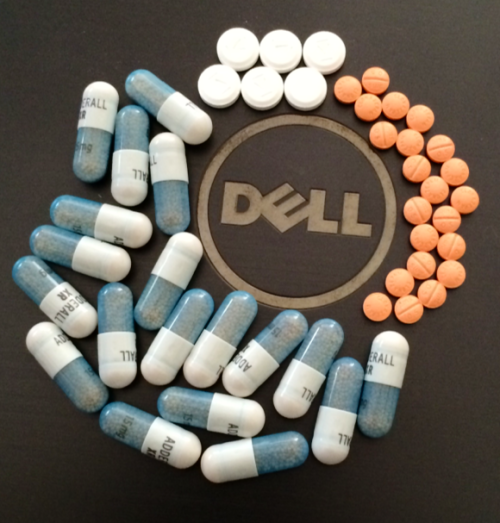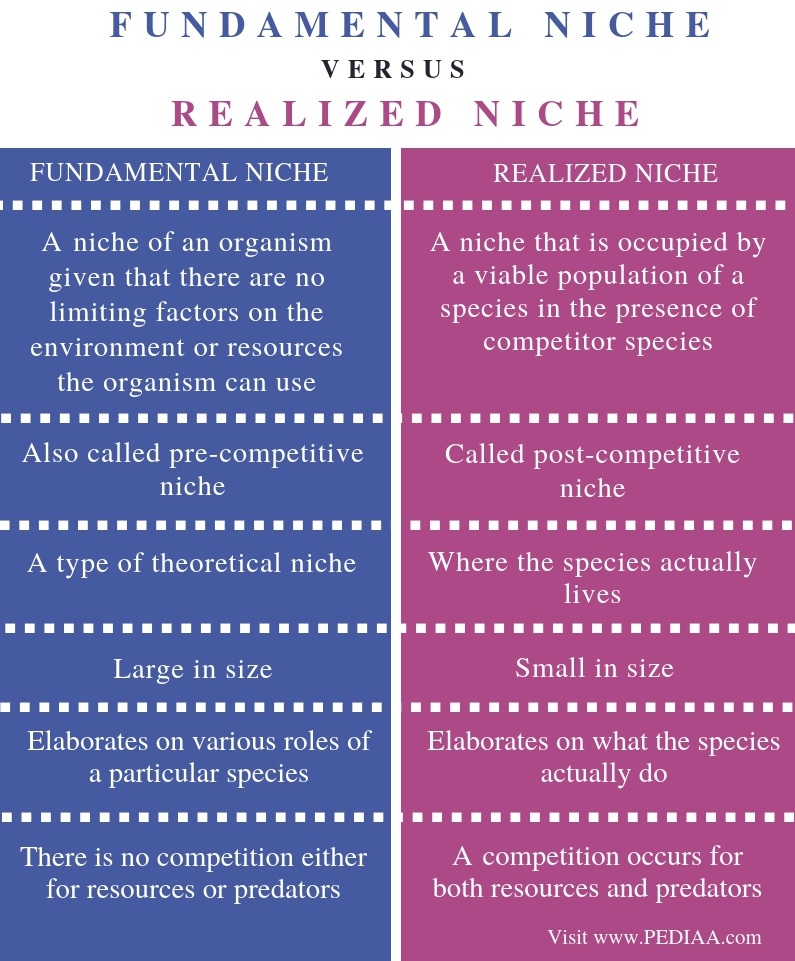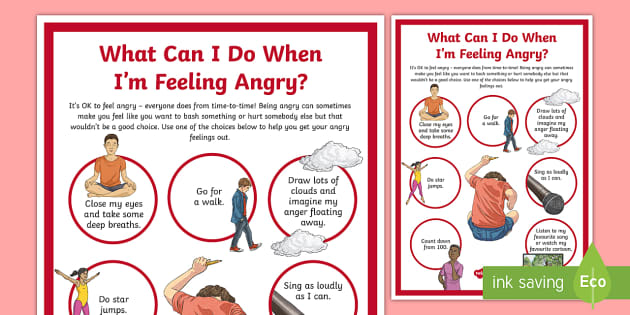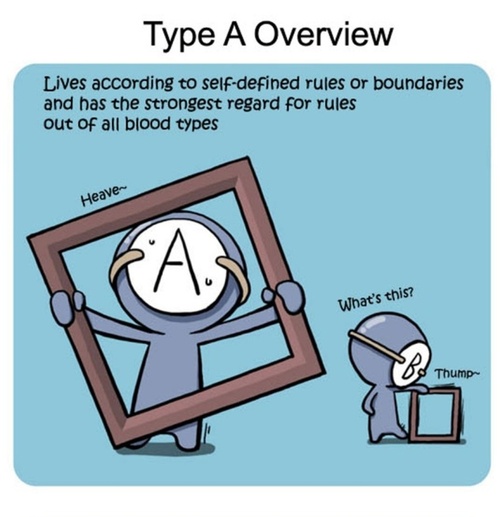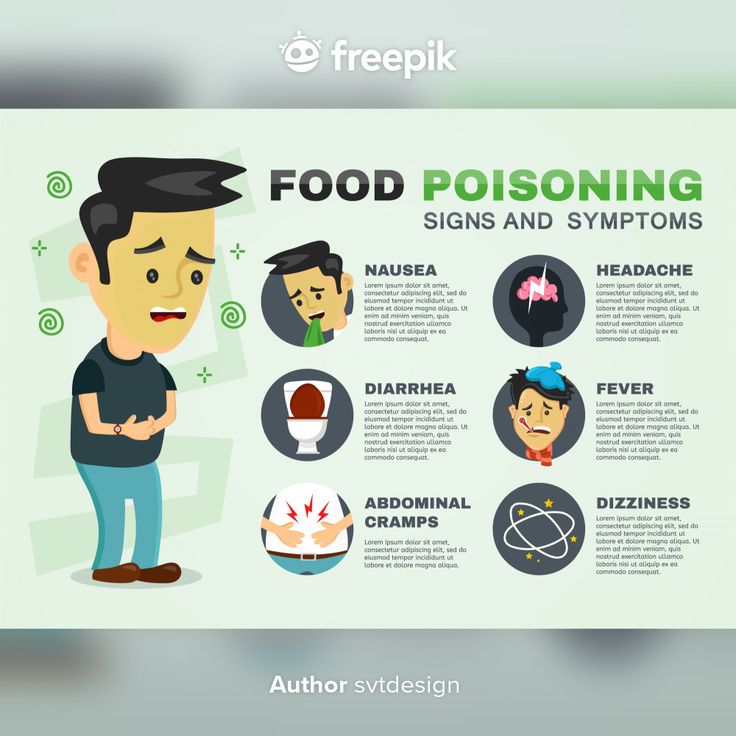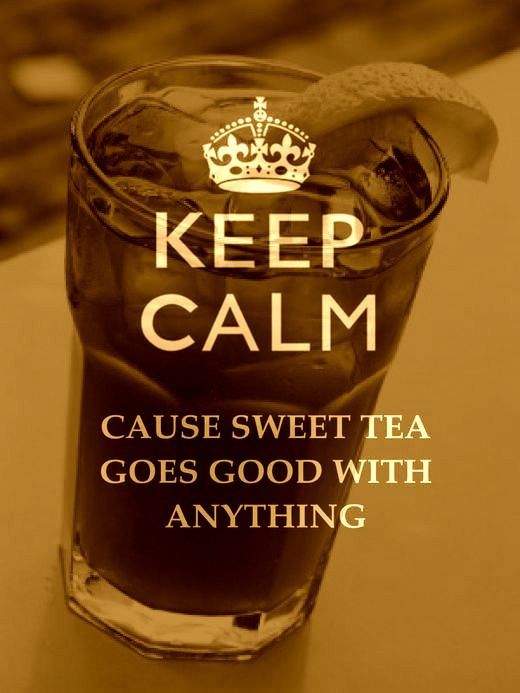Adderall and teens
Adderall Abuse and Misuse in Teens
Staying focused isn’t easy in today’s world. The prospect of getting into a good college and, in some cases, getting scholarships can cause some teens to use stimulants such as Adderall to improve their alertness. But what happens when that one-time use becomes an ongoing need? Destinations for Teens provides comprehensive Adderall addiction treatment for young adults. If you know someone abusing Adderall, contact us at 877.466.0620 to support their rehabilitation.
What Is Adderall?
Adderall is a stimulant that is often prescribed for attention deficit hyperactivity disorder (ADHD) as well as narcolepsy. Made of dextroamphetamine and levoamphetamine, it elevates levels of norepinephrine and dopamine to improve understanding, focus, and energy.
While Adderall is a stimulant, it has a calming effect on users, which allows them to easily remain focused so that they can stay in control of their emotions and accomplish tasks.
Why Is Adderall Used By Teens and Young Adults?
Adderall is often used by teens and young adults because it is known to:
- Enhance their mental focus
- Help them complete school work on time
- Improve their ability to study
- Provides energy and focus necessary to achieve high grades
In particular, college students report that balancing their academic and social life can sometimes be difficult. Imagine the stress of maintaining a strong GPA, working, participating in on-campus activities, and completing an internship. Adderall provides students with the focus and energy necessary to get good grades and have a social life. And studies don’t lie. A 2014 study by Drug and Alcohol Dependence found that 73 percent of college students surveyed admitted using stimulants such as Adderall and Ritalin to improve their ability to remain alert and energetic.
Teen Adderall use is also prevalent. A study conducted by the University of Michigan revealed that Adderall use amongst high school seniors has risen since 2009.
What Are The Signs of Adderall Addiction?
Adderall is an amphetamine — very similar to crack or cocaine. When used without medical monitoring and care, Adderall addiction can occur. In time, tolerance can lead to addiction. Teen Adderall use often leads to psychological and physical dependence. Here are some signs of Adderall addiction:
- Compulsive throat clearing
- Excessive blinking and facial gestures
- Hyperactivity
- Chronic insomnia
- Irritability
- Very abrupt mood changes
- Anxiety
- Depression
- Rapid weight loss
Using Adderall over long periods of time can have an impact on a teen’s mental health.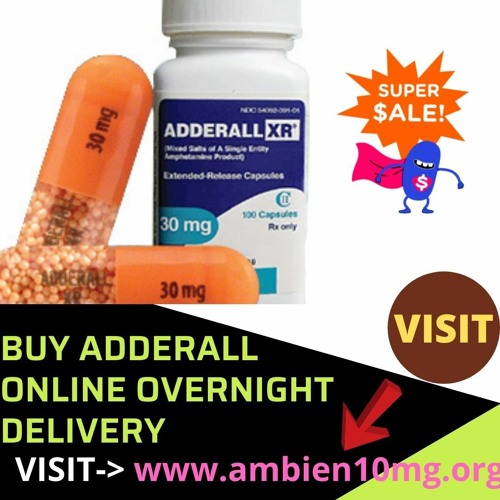 Prolonged use often leads to psychosis or even schizophrenia-like symptoms. These symptoms often require extensive hospitalization and a lengthy recovery. In addition, heart attacks, strokes, and seizures are common in people who use Adderall.
Prolonged use often leads to psychosis or even schizophrenia-like symptoms. These symptoms often require extensive hospitalization and a lengthy recovery. In addition, heart attacks, strokes, and seizures are common in people who use Adderall.
How Can Adderall Addiction Treatment Help My Teen?
Surprisingly, overachievers participate in Adderall use more than any other group. They want to remain attentive and dedicated to achieving academic as well as professional success. If your teen is getting excellent grades but relies on unprescribed doses of Adderall to remain focused, this problem needs a solution. Prolonged use often leads to physical and psychological dependence, making it hard to quit.
Destinations for Teens Adderall addiction treatment programs will support your teen through their withdrawal process and then help them learn how to remain focused and able to study naturally. Our treatment programs are engaging and offer comfortable amenities. Not to mention, we empower teens in our program to become thoughtful leaders who can motivate their peers.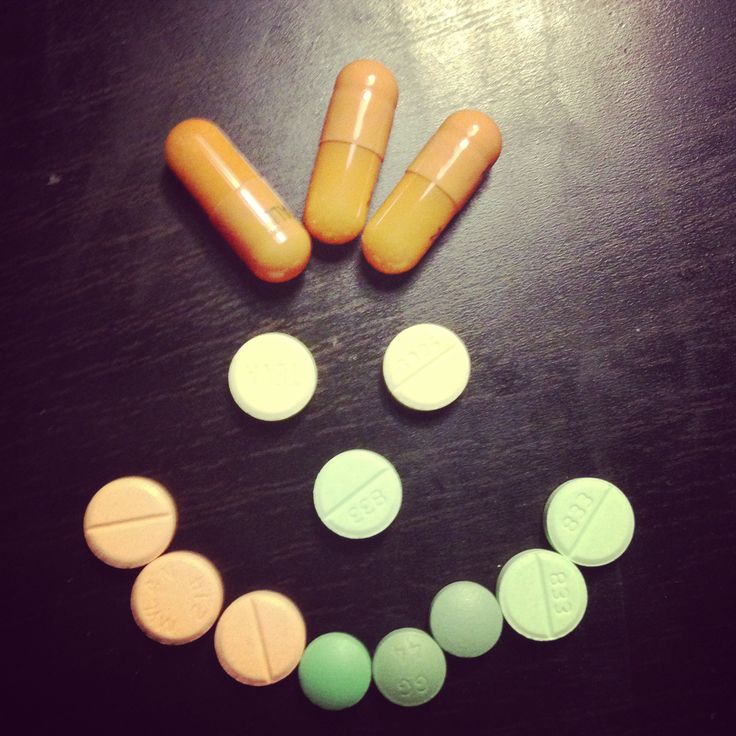 We offer the following types of treatment:
We offer the following types of treatment:
- Inpatient rehab
- Partial hospitalization
- Outpatient rehab
Remember, being a high achiever should never come at the cost of your teen’s health. Allow us to help the young person manage their addiction and learn the tools necessary to avoid a relapse. Contact us today at 877.466.0620 for more information about our teen addiction programs.
References
https://www.nami.org/About-Mental-Illness/Treatments/Mental-Health-Medications/Types-of-Medication/Amphetamine-(Adderall)
Categories: Addiction, Addiction Treatment, Prescription Drug Abuse, Signs of Drug Use, Teen Drug Use, Teen Specific TreatmentBy Destinations For Teens
Tags: adderall abuseadderall addiction rehabadderall addiction treatmentadderall addiction treatment programprescription drug abuseprescription drug addictionteen adderall abuseteen adderall use
Adderall Use & Side Effects in Teens
Reading Time: 7 minutes
Adderall abuse is a growing problem among young people. The drug was originally produced to address symptoms of Attention Deficit Hyperactivity Disorder (ADHD). However, Adderall is now used recreationally and as a study aid by thousands of teens and young adults who do not have an ADHD diagnosis and are unaware of the dangers.
The drug was originally produced to address symptoms of Attention Deficit Hyperactivity Disorder (ADHD). However, Adderall is now used recreationally and as a study aid by thousands of teens and young adults who do not have an ADHD diagnosis and are unaware of the dangers.
The 2015 Monitoring the Future survey revealed that the use of Adderall among high school seniors that year reached 7.5 percent. Among college students, recreational use is even more common.
Stimulants like Adderall and Ritalin are among the four most frequently abused drugs on college campuses, along with alcohol, marijuana, and MDMA (Ecstasy). Moreover, one study of 10,000 college students from across the country found that more than 60 percent of students with a valid prescription for ADHD medication were providing it to fellow students without prescriptions.
Furthermore, young people are not aware of the dangers of Adderall. One study of undergraduate college students found that only 2 percent considered using this drug to be “very dangerous.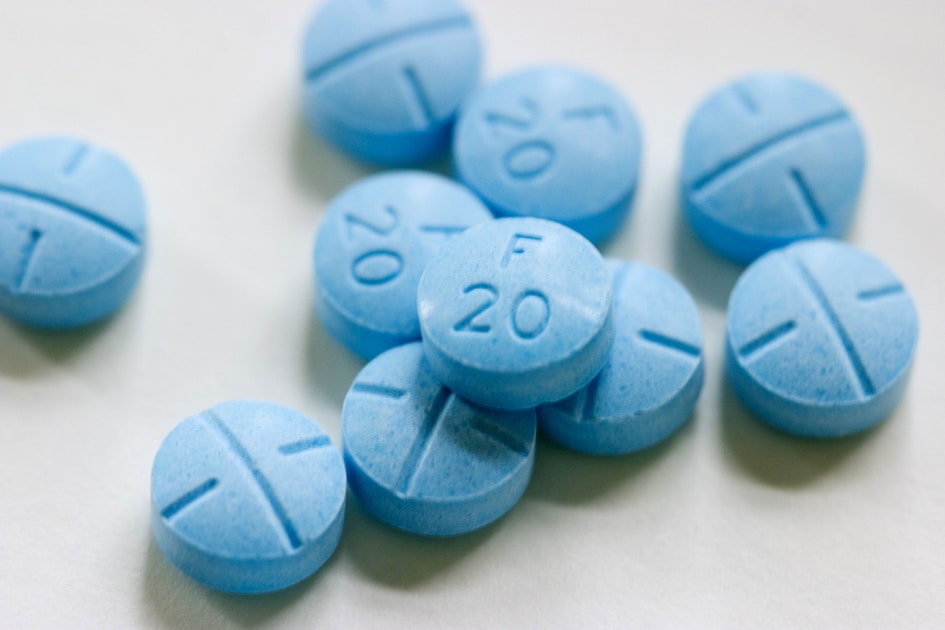 ” In addition, research by the Center for Drug Use and HIV Research found that many young people are unaware that it is an amphetamine. Therefore, they do not realize that the drug has life-threatening side effects.
” In addition, research by the Center for Drug Use and HIV Research found that many young people are unaware that it is an amphetamine. Therefore, they do not realize that the drug has life-threatening side effects.
Adderall, or Adderall XR (extended release), is the brand name of a drug that combines two stimulants: amphetamine and dextroamphetamine. The drug was designed to increase focus and attention span. This is most common in treating ADHD. In addition, doctors sometimes prescribe this to treat daytime sleepiness or narcolepsy.
Furthermore, because it suppresses the appetite, people also misuse it as a way to lose weight. However, taking these drugs to reduce appetite is unhealthy for a number of reasons, especially because the body does not get the nutrients that it needs, according to the National Center for Health Research.
The US Food and Drug Administration (FDA) approved Adderall in 1960. Furthermore, the federal government classifies it as a Schedule II drug.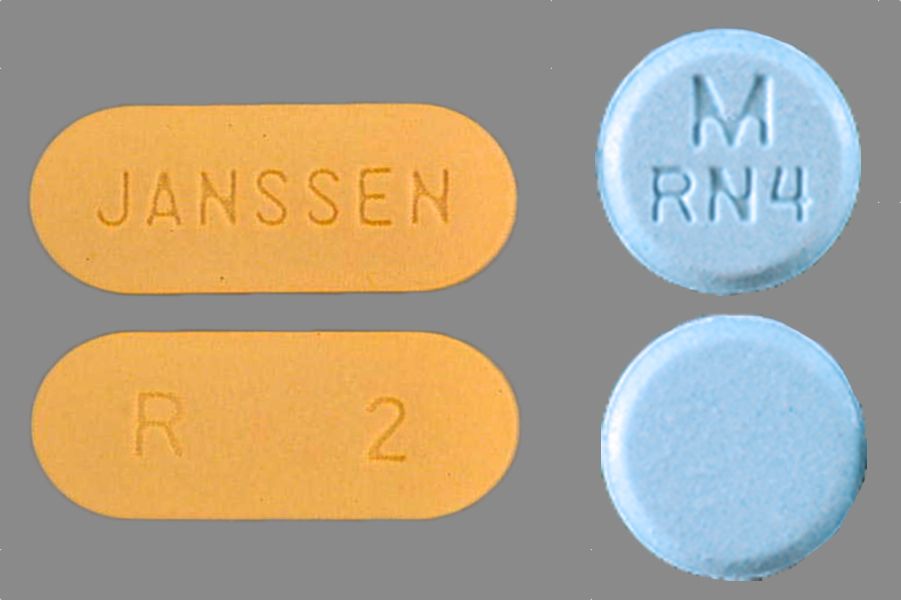 Schedule II drugs, according to US law, have a medical use but also have the highest potential for abuse and dependence.
Schedule II drugs, according to US law, have a medical use but also have the highest potential for abuse and dependence.
The FDA has also approved the combination of amphetamine and dextroamphetamine as a generic drug. DSM Pharmaceuticals makes the brand-name drug, and many drug companies make a generic version.
Seeking an Adderall HighAdderall belongs to a class of drugs called central nervous system stimulants. Hence, the drug increases levels of the brain chemical dopamine. Consequently, it activates the body’s fight-or-flight responses. As a result, it stimulates the brain. Moreover, the chemical makeup of Adderall is similar to methamphetamine and MDMA.
Because it increases dopamine levels, it can create a feeling of euphoria. Therefore, teens and young adults use stimulant drugs recreationally, to get high. They typically crush the pills and snort them, or mix them with water and inject them.
Furthermore, they sometimes mix this drug with alcohol and other drugs.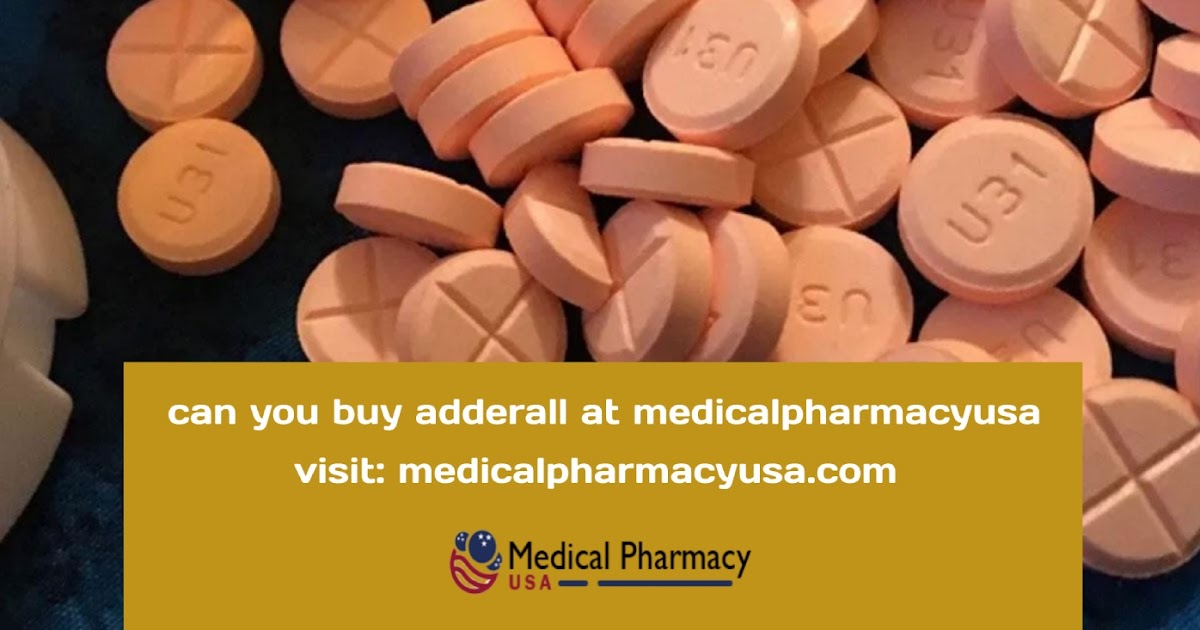 As a result, the negative drug interaction can be life-threatening.
As a result, the negative drug interaction can be life-threatening.
In addition, it increases alcohol tolerance. Because this drug makes teens feel more awake and alert, it’s difficult for them to tell how drunk they are getting when they consume alcohol. Therefore, Adderall high side effects are concerning. The risk of overdose and teen alcohol poisoning increases.
Read “The Scary Truth About Teen Alcohol Poisoning.”
Adderall Use Among Young AdultsBoth prescriptions and Adderall misuse are increasing among young people. The percentage of young adult women who filled prescriptions for ADHD drugs has increased more than fivefold since 2003, according to the Centers for Disease Control and Prevention. ADHD prescription rates increased sharply in all age groups during that period. However, it rose most dramatically among young adult women ages 25 to 29—a 700 percent increase.
Young adults are also the most likely age group to misuse this drug for non-medical reasons. A 2016 study from the Johns Hopkins School of Public Health examined emergency room visits for non-medical uses of Adderall and other stimulant drugs. Researchers found that emergency room visits tripled for Americans ages 18 to 34 seeking help for stimulant use. Furthermore, the researchers found that, of all Adderall use without a prescription, 60 percent of it was among 18- to 25-year-olds.
A 2016 study from the Johns Hopkins School of Public Health examined emergency room visits for non-medical uses of Adderall and other stimulant drugs. Researchers found that emergency room visits tripled for Americans ages 18 to 34 seeking help for stimulant use. Furthermore, the researchers found that, of all Adderall use without a prescription, 60 percent of it was among 18- to 25-year-olds.
Research shows that stimulant drugs are more frequently abused than marijuana. Moreover, they are easier for students to obtain. The majority of young people who abuse Adderall get it from family and friends who obtained the drug through a prescription.
The Myth of Adderall as a Study AidStimulants enhance alertness and attention. Therefore, high school and college students who do not have an ADHD diagnosis often use the drug in order to increase their ability to focus, learn, and think clearly. Consequently, teens and young adults use Adderall to help them study for exams or write papers.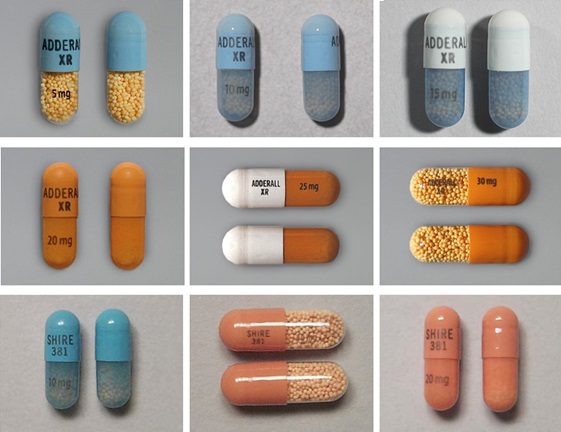 Hence, students sometimes call this drug “smart pills.”
Hence, students sometimes call this drug “smart pills.”
A study at the University of Kentucky found that 30 percent of its students had illegally used an ADHD stimulant drug at some point as a “study enhancer.”
Furthermore, half of all juniors and seniors had used the drugs, the study found. In addition, 80 percent of upperclassmen in fraternities and sororities had taken them.
The Truth About Stimulant Use and Academic Performance“Many college students think stimulants like this one are harmless study aids. We need to educate this group that there could be serious adverse effects from taking these drugs and we don’t know much at all about their long-term health effects.”
—Ramin Mojtabai, MD, MPH, PhD, researcher and professor of mental health at the Bloomberg School
However, researchers have found that ADHD drugs like Adderall and Ritalin do not enhance learning or thinking ability in people who do not have ADHD.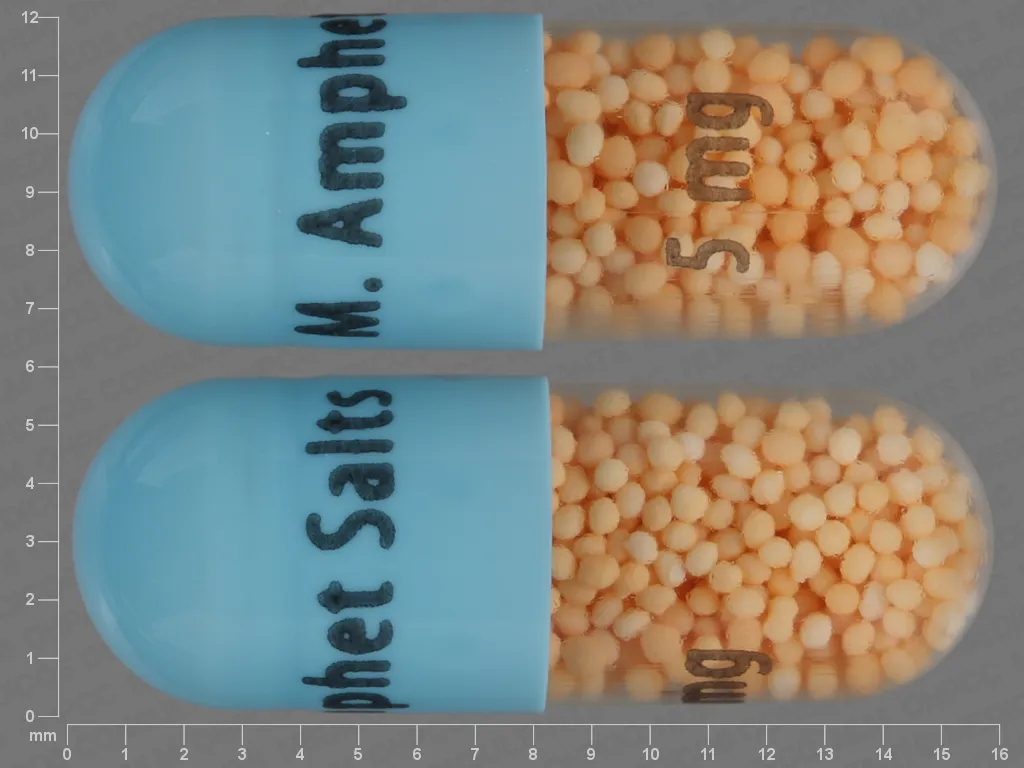 Furthermore, there is no evidence that ADHD drugs improve academic performance even for those who have been diagnosed with ADHD.
Furthermore, there is no evidence that ADHD drugs improve academic performance even for those who have been diagnosed with ADHD.
In fact, the average student who abuses prescription stimulants is more likely to
- Skip class more frequently
- Spend less time studying
- Have lower grades than those who don’t abuse these drugs
- Can cause heart problems in teens and young adults
- Drink alcohol heavily
- Use other illicit drugs
- Smoke marijuana
- Mix stimulants with other substances to get high.
Therefore, it’s clear that Adderall does not improve grades or boost achievement. Moreover, it appears to be linked with the abuse of other substances.
Adderall Addiction and the BrainIt increases the levels of serotonin, dopamine, and norepinephrine in the brain. These neurotransmitters are responsible for the regulation of emotions and feelings of pleasure.
When the brain senses that it has produced enough neurotransmitters, it stops releasing them. Hence, this drug disrupts the brain’s natural production of these chemicals. Subsequently, a user’s brain chemistry is altered and physical dependence grows. As a result, they develop a tolerance for the drug, and require a higher dosage in order to feel the same effects.
Hence, this drug disrupts the brain’s natural production of these chemicals. Subsequently, a user’s brain chemistry is altered and physical dependence grows. As a result, they develop a tolerance for the drug, and require a higher dosage in order to feel the same effects.
While it stimulates the release of dopamine, it also prevents dopamine from naturally replenishing itself. Hence, as it leaves the bloodstream, the user experiences withdrawal symptoms and cravings. As a result, once the drug wears off, users crave more of the drug in order to experience the dopamine rush. Therefore, abusers become physically and emotionally dependent on the drug.
The manner in which a user ingests Adderall affects how quickly they develop a tolerance. For example, crushing the pills and then injecting or snorting them sends the drug into the brain more rapidly than swallowing it. As a result, injecting or snorting it increases the chances of an overdose. Moreover, it increases the potential for addiction.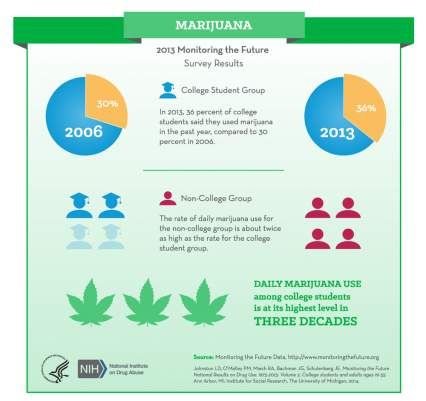
It is worth noting that there is also a possibility of developing allergic reactions to drugs like Adderall.
Adderall’s Impact on Teen Mental HealthAs the natural production of dopamine goes down, a user experiences depressive moods and difficulty feeling pleasure when not using the drug. These changes become more pronounced over time.
In addition, long-term Adderall use can cause psychosis and schizophrenia-like symptoms, such as paranoid delusions, hallucinations, and other behavioral or mood disturbances, according to a study published in the journal Molecular Psychiatry. And other prescription stimulants have similar psychological effects.
Long-term use of or withdrawal from an amphetamine stimulant can trigger anxiety and panic attacks. The FDA even prints warnings on labels about potential negative psychiatric side effects.
Furthermore, symptoms may be worse in people who have a history of mental illness or an underlying mental health disorder, such as bipolar disorder or schizophrenia.
Adderall Side Effects
The Psychological Symptoms of AbuseTherefore, people who abuse Adderall may experience disturbing psychological symptoms. These mental and emotional side effects include
- Inability to concentrate
- Lack of motivation
- Depression
- Irritability and nervousness
- Aggression
- Thoughts of suicide
- Mood swings
- Paranoia
- Anxiety
- Panic attacks
- Believing things that are not true
- Feeling jittery or “on edge”
- Hyperactivity
- Psychotic episodes
- Mania—frenzied or abnormally excited mood.
Along with psychological side effects, abuse of these produces physical side effects. Sweating and dilated pupils are among the immediate signs of abuse.
Furthermore, the physiological effects of abusing it also include
- Insomnia and other sleep difficulties
- Lethargy and fatigue
- Hallucinations
- Weight loss
- Headaches
- Tremors
- Abdominal pain, nausea, vomiting, and diarrhea
- Shortness of breath
- Chest pain
- Dizziness or faintness
- Seizures
- Weakness or numbness in limbs
In addition, prolonged use or abuse of Adderall negatively impacts the heart and the brain. Furthermore, all of the body’s organs and internal systems are affected by abuse. Thus, long-term misuse can be fatal. Some major issues can start as early as 14 days of use.
Furthermore, all of the body’s organs and internal systems are affected by abuse. Thus, long-term misuse can be fatal. Some major issues can start as early as 14 days of use.
Damage to the heart and cardiovascular system is one of the most dangerous long-term consequences of Adderall abuse. Research shows that this ADHD medication can cause hypertension (high blood pressure) and tachycardia (irregular heart rate). In fact, in 2006, the FDA put a black box warning on the dextroamphetamine-amphetamine combination as a result of its cardiovascular risks.
Stimulants such as Adderall raise body temperature, heart rate, and blood pressure. Therefore, the heart muscle is weakened. Consequently, strokes, seizures, and heart attacks are all potential long-term Adderall side effects. Sudden cardiac death may also be a consequence of use. Moreover, the risks to heart health are particularly dangerous when the drug is taken in high doses, or when the user has a history of heart disease.
Furthermore, because this drug increases blood pressure, high levels of blood flowing through and around the kidneys can cause narrowing and hardening of the arteries in that area. Hence, damage to the kidneys can occur over time as a result of use.
Adderall Withdrawal SymptomsWhen a teen or young adult who has been abusing this drug stops using the drug, they will experience withdrawal. Adderall withdrawal symptoms include
- Cravings for the drug
- Suicidal thoughts
- Difficulty sleeping
- Irritability
- Extreme hunger
- Depression
- Panic attacks and anxiety
- Fatigue
- Phobic reactions.
Consequently, the withdrawal process for long-term or heavy users can be extremely difficult and even dangerous. Therefore, they have a better chance of success and safety with the assistance of recovery professionals and medical advisors.
Treatment for Adderall Abuse and Its Root CausesResearch suggests that teen prescription drug abuse is linked to mental health disorders.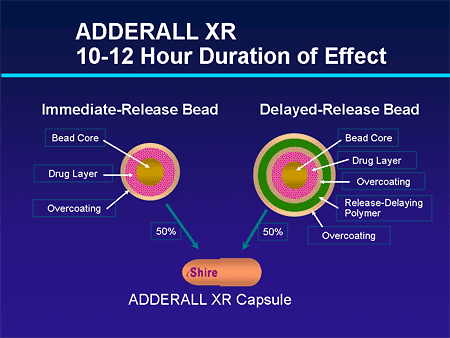 In one study, researchers looked at data on teenagers who used prescription drugs for non-medical reasons. Consequently, they found that these teens were almost three times as likely to report a suicide attempt a year later.
In one study, researchers looked at data on teenagers who used prescription drugs for non-medical reasons. Consequently, they found that these teens were almost three times as likely to report a suicide attempt a year later.
Thus, the goal of teen treatment is to address the mental health issues, such as trauma and depression, which underlie substance abuse. Therefore, teen mental health treatment can foster lasting change. It is advisable to call your doctor or seek help from a treatment center.
Teen treatment programs address the specific needs of each unique teen, addressing mind, body, and spirit. As a result of this comprehensive, holistic treatment, young people develop healthy coping skills, build self-esteem, and move forward into productive, fulfilling lives. There are other ways to treat attention deficit hyperactivity.
Images courtesy of unsplash
Sources
J Clin Psychiatry. 2016 Mar;77(3):e297–304.
J Addict Dis. 2010 Oct; 29(4): 417–426.
J Am College Health. 2008;57(3):315–323.
Psych, Health, Med. 2002;7(3):283–287.
Pharmacotherapy. 2006;26(10):1501–1510.
Mol Psychiatry. 2009 Feb;14(2):123–142.
Brain Behav. 2012 Sep;2(5):661–677.
Society for the Study of Addiction. 2005;99:96–106.
JAMA Pediatr. 2016;170(10):971-978.
Monitoring the Future Survey
Active Stimulation Drug makers got Americans hooked on amphetamines. And they made billions on this: Markets: Economics: Lenta.ru
The United States is facing an epidemic of attention deficit hyperactivity disorder (ADHD) - the number of patients is growing by leaps and bounds. However, not all experts and doctors are confident in the naturalness of this growth - many believe that these are the machinations of pharmaceutical giants who are lobbying for their drugs against ADHD. Parents are convinced of the illness of their children and the urgent need to take stimulants, without which their life is doomed. Some doctors are ready to make a difficult diagnosis based on poor grades at school. At the same time, there is also a significant increase in ADHD patients among adults. An epidemic of attention deficit or an attempt to patch up deficits in the budgets of pharmaceutical giants - in the material "Lenta.ru". nine0003
Some doctors are ready to make a difficult diagnosis based on poor grades at school. At the same time, there is also a significant increase in ADHD patients among adults. An epidemic of attention deficit or an attempt to patch up deficits in the budgets of pharmaceutical giants - in the material "Lenta.ru". nine0003
Attention deficit hyperactivity disorder (ADHD) is a neurological-behavioral developmental disorder. Distinctive signs of ADHD: inattention (a person is not able to pay attention to details, cannot follow instructions for a long time, has difficulty completing a task on his own, often loses things), hyperactivity (an excited state, inability to sit still for a long time, uncontrolled movements are often observed, talkativeness) , aggressive behavior and impulsivity. The disorder causes difficulties in learning and social interaction. nine0003
Millions of people are being diagnosed with Attention Deficit Hyperactivity Disorder (ADHD). Without treatment, living with this disorder means many problems, including financial ones.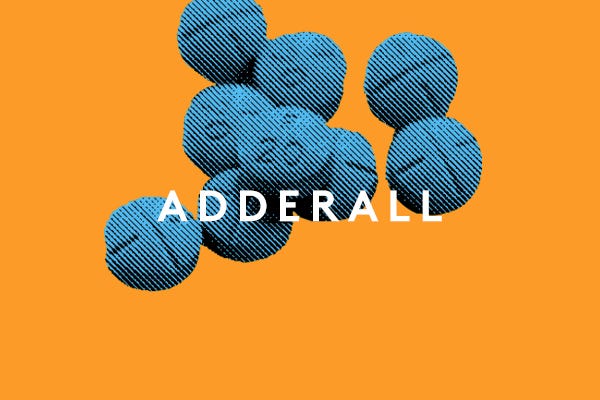 In 2017, a study was published in the scientific journal PLOS One showing a strong link between ADHD and high-interest loans, in particular from pawnshops, late payments, being late, and constantly changing jobs. This is because people with ADHD, due to their cognitive impairment, respond quickly to short-term stimuli. They are characterized by impulsive behavior that makes them make hasty decisions, this is not a personal choice, but problems caused by the peculiarities of the brain. nine0003
In 2017, a study was published in the scientific journal PLOS One showing a strong link between ADHD and high-interest loans, in particular from pawnshops, late payments, being late, and constantly changing jobs. This is because people with ADHD, due to their cognitive impairment, respond quickly to short-term stimuli. They are characterized by impulsive behavior that makes them make hasty decisions, this is not a personal choice, but problems caused by the peculiarities of the brain. nine0003
Photo: Shutterstock
According to the University of Iowa, released in 2018, the number of people with ADHD is growing rapidly. In 2016, 10.2 percent of children aged 4 to 17 received this diagnosis in the United States, compared to 6.1 percent in 1997-1998. In the 1970s, ADHD was considered a childhood disease that would go away with time. Later it turned out that the symptoms persist into adulthood, moreover, ADHD can manifest itself quite late. According to a study by King's College London, about 70 percent of those who were diagnosed after the age of 18 did not have the corresponding symptoms in childhood. “ADHD occurs in about 4 percent of adults, but only a few of them receive medical attention,” says study author Jessica Agnew-Blais. Many people diagnosed with ADHD in adulthood admit to living in crisis for decades, changing one job after another until they were diagnosed, someone managed to get the necessary treatment only after a suicide attempt. nine0003
“ADHD occurs in about 4 percent of adults, but only a few of them receive medical attention,” says study author Jessica Agnew-Blais. Many people diagnosed with ADHD in adulthood admit to living in crisis for decades, changing one job after another until they were diagnosed, someone managed to get the necessary treatment only after a suicide attempt. nine0003
Related materials:
The spread of ADHD has reached such proportions that it is already a serious burden on the economy. The ADHD Research Center of Canada (CADDAC) estimates that the country loses between $6 billion and $11 billion annually due to lost productivity in the workplace associated with attention deficit disorder. Among people with ADHD there are also quite successful businessmen, but most of them cannot get a job, often change jobs, occupy the lowest paid positions. All this means additional costs for the state, such people are more dependent on the social security system and pay less taxes. nine0003
New market
Therapy can correct the disorder. Most of those who are diagnosed in adulthood admit that after they were able to determine the cause of the problems and prescribe treatment, things improved and they began to lead a full life. The recognition of ADHD has created a huge market for pharmaceutical companies. Once proven that ADHD can manifest into adulthood, “new adults,” who had never been diagnosed before, were the fastest growing segment of the market, as Angus Russell, then CEO of the pharmaceutical company Shire, acknowledged in 2011. According to medical analytics company IMS Health in 2012 for people aged 20 to 3916 million prescriptions for ADHD medications have been filled in the past year.
Most of those who are diagnosed in adulthood admit that after they were able to determine the cause of the problems and prescribe treatment, things improved and they began to lead a full life. The recognition of ADHD has created a huge market for pharmaceutical companies. Once proven that ADHD can manifest into adulthood, “new adults,” who had never been diagnosed before, were the fastest growing segment of the market, as Angus Russell, then CEO of the pharmaceutical company Shire, acknowledged in 2011. According to medical analytics company IMS Health in 2012 for people aged 20 to 3916 million prescriptions for ADHD medications have been filled in the past year.
Photo: Benjamin Vincent Kasapoglu / Wikimedia
Central nervous system stimulants are mainly used for treatment, primarily Ritalin, Adderall, Concerta, Focalin and Vyvanse. Under these trademarks, compounds of amphetamine and methylphenidate are sold, in Russia the circulation of these psychotropic substances is prohibited. According to IMS Health, sales of stimulants were $4 billion in 2007 and by 2012 had risen to $10.5 billion. Between 2012 and 2015, the market reached $11.2 billion. It is predicted that by 2020 it will be about 17.5 billion dollars. Shire has been the market leader in ADHD medications for over 20 years. The company managed to become number one after 19In 1997, it acquired Richwood Pharmaceutical for $186 million, which developed the most popular ADHD treatment, Adderall (an amphetamine-based stimulant). Shire also owns Vyvanse and a number of other brands. The company's ADHD drug divisions are worth about $8.5 billion.
According to IMS Health, sales of stimulants were $4 billion in 2007 and by 2012 had risen to $10.5 billion. Between 2012 and 2015, the market reached $11.2 billion. It is predicted that by 2020 it will be about 17.5 billion dollars. Shire has been the market leader in ADHD medications for over 20 years. The company managed to become number one after 19In 1997, it acquired Richwood Pharmaceutical for $186 million, which developed the most popular ADHD treatment, Adderall (an amphetamine-based stimulant). Shire also owns Vyvanse and a number of other brands. The company's ADHD drug divisions are worth about $8.5 billion.
Prescription nuclear bombs
Scientists don't have a conclusive answer yet as to why the number of people with ADHD is on the rise. Some suggest that the problem is in modern gadgets and digital media: the constant change of bright pictures makes you switch your attention all the time, which can eventually turn into a serious disorder. This version is supported by a two-year study by scientists from the University of Southern California. Dr. Wei Bao from the University of Iowa, whose work has led to talk about the "new epidemic of ADHD", he himself believes that it is too early to draw any conclusions, perhaps people have not become sick more often, just doctors have learned to better identify symptoms. nine0003
Dr. Wei Bao from the University of Iowa, whose work has led to talk about the "new epidemic of ADHD", he himself believes that it is too early to draw any conclusions, perhaps people have not become sick more often, just doctors have learned to better identify symptoms. nine0003
Related materials:
Another point of view is that under the pressure of the pharmaceutical industry, doctors began to make this diagnosis too often. Dr. Keith Conners pioneered the current practice of treating childhood disorders with stimulants. It was he who in the early 1960s at Johns Hopkins University conducted the first official tests on the effects of stimulants (specifically methylphenidate) on children. The studies were paid for by Ritalin manufacturer CIBA. The results were overwhelming: children's academic performance skyrocketed, and Conners became one of the leading advocates for the use of stimulants to treat ADHD. He worked with all the major manufacturers, but then abruptly changed his position and began to talk about a wave of misdiagnosis of ADHD, which reached the level of a "national disaster.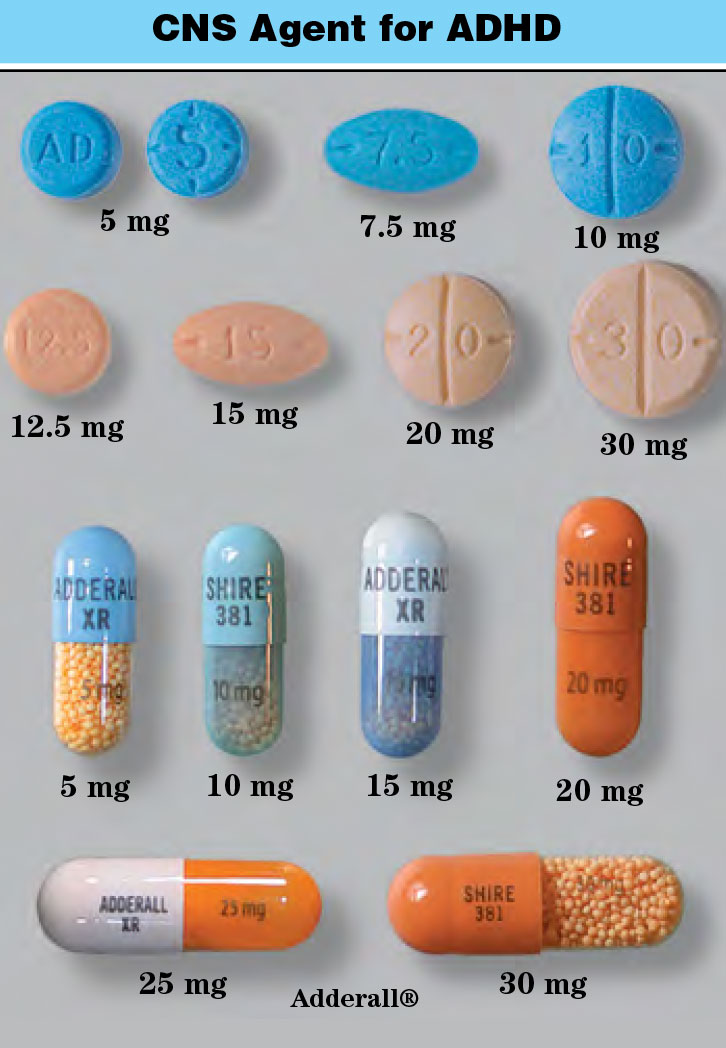 " nine0003
" nine0003
Keith Conners
Frame: MHS Assessments - Clinical and Education / YouTube
Conners has repeatedly stated that under pressure from the pharmaceutical giants, the signs of classic ADHD have been unnecessarily expanded. Longtime owner of Richwood Pharmaceutical and the Adderall brand, Roger Griggs, now says he is vehemently opposed to stimulants being used so widely. He calls them "nuclear bombs," which should only be given under extreme circumstances and under close medical supervision. No one who talks about an “epidemic of overdiagnosis” denies that ADHD is a serious disorder that requires medication as well, but according to skeptics, the real numbers of people with ADHD have not changed and are about 5 percent, the rest they prescribe medicines undeservedly. nine0003
Take for life
Pharmacists are accused of aggressive marketing, which has led to the fact that poor academic performance or absent-mindedness already allows a child to be diagnosed and prescribed pills.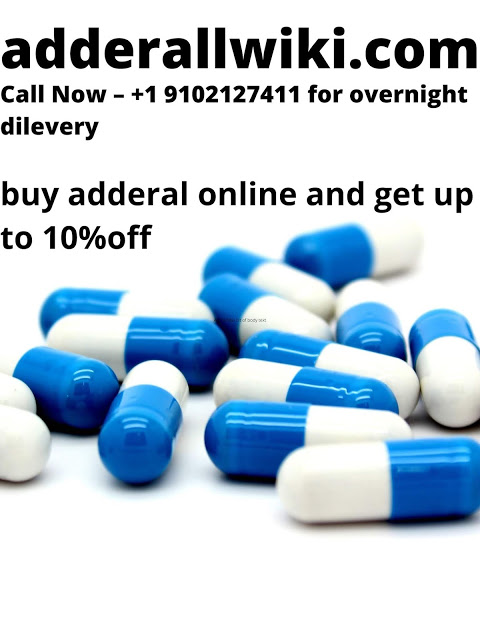 Both parents and children themselves are convinced that stimulants will help to achieve success. Shire paid for 50,000 copies of a comic a few years ago in which superheroes encourage kids to take medicine to help them learn. Maroon 5 musician Adam Levine took part in Shire's advertising campaign aimed at teenagers. Pamphlets were printed for parents explaining that the pills would solve all the behavioral problems of their children. To remove stigma and encourage people to seek medical attention, lists of "Famous People with ADHD" have been prepared. Thus parents saw that their children were in good company with Thomas Edison, Abraham Lincoln, Galileo and Socrates. nine0003
Both parents and children themselves are convinced that stimulants will help to achieve success. Shire paid for 50,000 copies of a comic a few years ago in which superheroes encourage kids to take medicine to help them learn. Maroon 5 musician Adam Levine took part in Shire's advertising campaign aimed at teenagers. Pamphlets were printed for parents explaining that the pills would solve all the behavioral problems of their children. To remove stigma and encourage people to seek medical attention, lists of "Famous People with ADHD" have been prepared. Thus parents saw that their children were in good company with Thomas Edison, Abraham Lincoln, Galileo and Socrates. nine0003
Related Content:
Since 2000, the Food and Drug Administration (FDA) has repeatedly urged pharmaceutical companies to withdraw advertisements that exaggerate the effects of drugs. Although studies confirm that serious problems can occur in adulthood without ADHD treatment, stimulants as a therapy have not been proven to have all the benefits reported in advertisements, comics and booklets.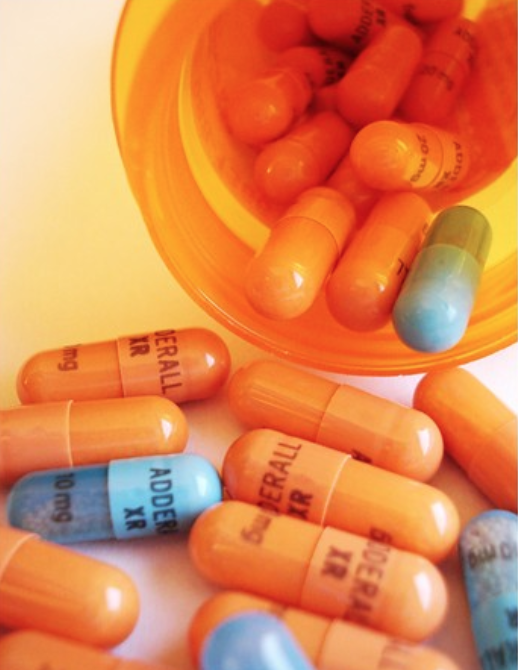 In February 2017, Shire was ordered to pay $57.5 million in fines from the FDA for improperly advertising a range of drugs, including Vyvanse, Adderall XR, and Daytrana. nine0003
In February 2017, Shire was ordered to pay $57.5 million in fines from the FDA for improperly advertising a range of drugs, including Vyvanse, Adderall XR, and Daytrana. nine0003
ABC host Ty Pennington was also reprimanded for advertising stimulants. In his show, he talked about the amazing success that adults can achieve with stimulants, and admitted that Adderall changed his own life. A psychiatrist who was invited on the air developed the theme, adding that the majority of prisoners are people with undiagnosed ADHD who should be prescribed stimulants. At the same time, Pennington kept silent that he was a representative of Shire from 2006 to 2008 and received money in the company for this. Because he clearly exaggerated the positive effects of Adderall and kept silent about the negative side effects, the FDA issued him a warning. “I am not a medical expert. I'm a TV presenter," Pennington commented on his blunder. nine0003
Image: Ownyouradhd.com
Doctors, on whom diagnoses and prescriptions depend, were processed no less actively.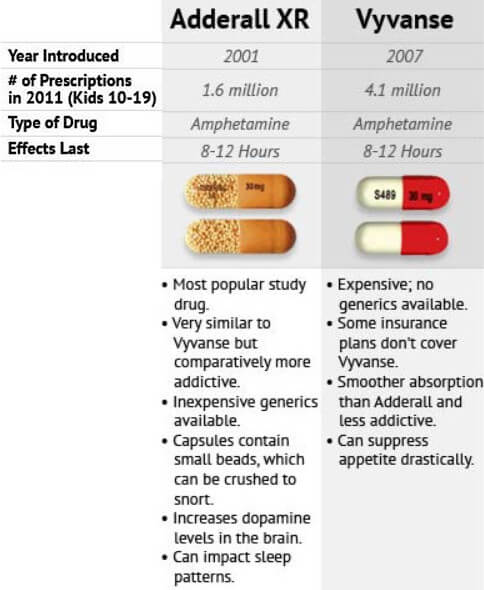 For example, a new modification of Adderall - Adderall XR - was presented by Shire in April 2002 at the Ritz-Carlton Hotel and Spa in Pasadena, California. 70 doctors were invited to the event, who were told that ADHD without treatment threatens with lack of work or underemployment, fatal car accidents, criminal activities, unwanted pregnancies and sexually transmitted diseases. It did not mention that the studies did not evaluate whether stimulants were able to reduce these risks. Psychiatrist William Dodson, who hosted this presentation, told colleagues that he diagnoses about 300 patients a year and always recommends taking stimulants for the rest of his life. It was reported that for this performance, he received $2,000 from the Shire, and in 2010-2011, pharmaceutical companies transferred him $45,500. However, he himself believes that he is working as an educator, and statements that pharmacists force doctors to make incorrect diagnoses in order to increase sales are nothing more than conspiracy theories.
For example, a new modification of Adderall - Adderall XR - was presented by Shire in April 2002 at the Ritz-Carlton Hotel and Spa in Pasadena, California. 70 doctors were invited to the event, who were told that ADHD without treatment threatens with lack of work or underemployment, fatal car accidents, criminal activities, unwanted pregnancies and sexually transmitted diseases. It did not mention that the studies did not evaluate whether stimulants were able to reduce these risks. Psychiatrist William Dodson, who hosted this presentation, told colleagues that he diagnoses about 300 patients a year and always recommends taking stimulants for the rest of his life. It was reported that for this performance, he received $2,000 from the Shire, and in 2010-2011, pharmaceutical companies transferred him $45,500. However, he himself believes that he is working as an educator, and statements that pharmacists force doctors to make incorrect diagnoses in order to increase sales are nothing more than conspiracy theories. “If people need help, my job is to make sure they get it,” Dr. Dodson said. nine0003
“If people need help, my job is to make sure they get it,” Dr. Dodson said. nine0003
Legal doping
Stimulants have long crossed the threshold of medical offices. Many people do not have ADHD but are willing to take Adderall and other medications for performance or relaxation purposes (they also have a euphoric effect). Thanks to the advertising campaign, such drugs have developed a much more respectable image than dirty street stimulants. Unsurprisingly, up to 35.6 percent of American students are estimated to take Adderall to boost their cognitive abilities and prepare for last-minute exams. Twitter mentions of the drug have been noted to spike in December and April, when university exams are days away. nine0003
Related materials:
Athletes also love stimulants. For example, amphetamines have been taken, almost openly, by professional baseball players for decades. In 2005, Major League Baseball announced the start of a decisive fight against stimulants and the introduction of additional testing.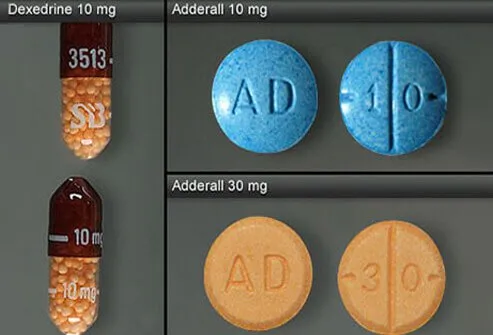 Since then, a number of professional baseball players have reported that they suffer from ADHD. Immediately after the introduction of additional doping tests, the number of people receiving prescription stimulants increased from 28 players to 103, which amounted to 8 percent of all players in the league. In 2013 there were already 119. Dr. Gary Wadler of the World Anti-Doping Agency ironically remarked that there was an epidemic of ADHD in the Major Leagues. Such doping is no less popular in eSports. In 2015, the Electronic Sports League (ESL Gaming) added Adderall to its list of substances banned from tournament play and began testing players for drugs. The ban came after a well-known professional player admitted in an interview that his entire team used Adderall during an ESL tournament.
Since then, a number of professional baseball players have reported that they suffer from ADHD. Immediately after the introduction of additional doping tests, the number of people receiving prescription stimulants increased from 28 players to 103, which amounted to 8 percent of all players in the league. In 2013 there were already 119. Dr. Gary Wadler of the World Anti-Doping Agency ironically remarked that there was an epidemic of ADHD in the Major Leagues. Such doping is no less popular in eSports. In 2015, the Electronic Sports League (ESL Gaming) added Adderall to its list of substances banned from tournament play and began testing players for drugs. The ban came after a well-known professional player admitted in an interview that his entire team used Adderall during an ESL tournament.
According to experts, it is completely impossible to tell which proportion of adults who have been prescribed Adderall or other similar drugs actually have ADHD, and which are receiving the drug illegally. But there are obviously many such cases. As lovers of pharmacy stimulants admit, if you want to get a prescription, it is not difficult, which in the end can turn into a fairly strong addiction. In 2013, the Partnership for Drug-Free Children released the results of a survey in which nine percent of adolescents (about 1.9million) reported abuse of stimulants prescribed for ADHD. The Citizens Commission on Human Rights (CCHR) has stated that the criteria for diagnosing ADHD are so subjective and arbitrary that children and teens can easily feign to get a prescription, which they no doubt use.
But there are obviously many such cases. As lovers of pharmacy stimulants admit, if you want to get a prescription, it is not difficult, which in the end can turn into a fairly strong addiction. In 2013, the Partnership for Drug-Free Children released the results of a survey in which nine percent of adolescents (about 1.9million) reported abuse of stimulants prescribed for ADHD. The Citizens Commission on Human Rights (CCHR) has stated that the criteria for diagnosing ADHD are so subjective and arbitrary that children and teens can easily feign to get a prescription, which they no doubt use.
Richard Fee
Photo: The Richard Scott Fee Foundation
While the abuse of prescription stimulants is on the rise, even staunch opponents can't deny that in some cases they can actually improve cognitive performance and concentration significantly. Side effects include sleep disturbance, high blood pressure, heart problems, in rare cases, hallucinations and suicidal thoughts.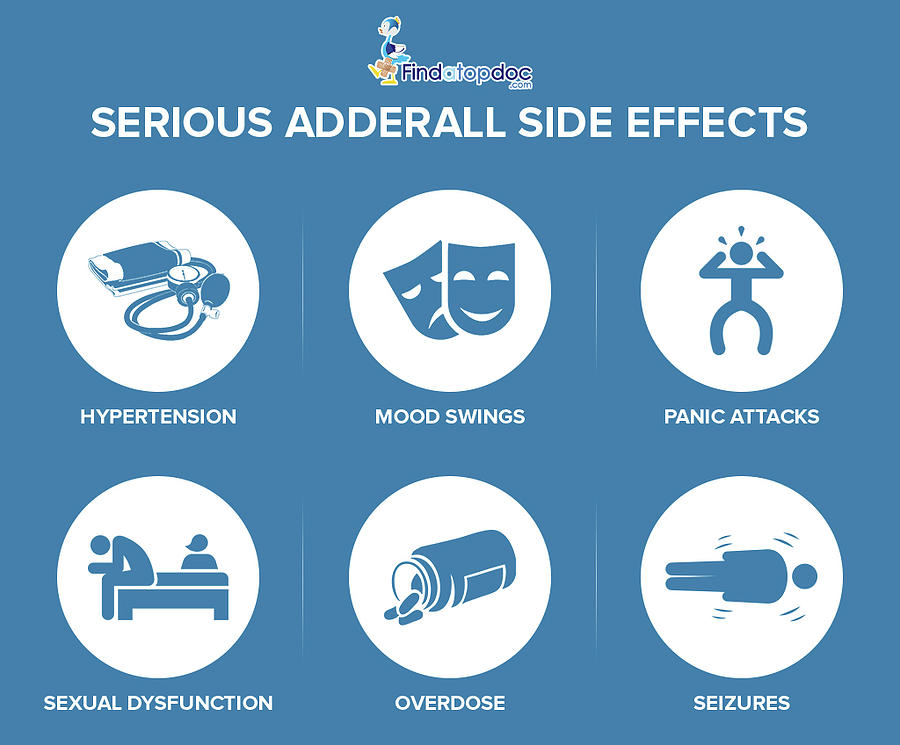 nine0003
nine0003
Related materials:
If in the case of the "opioid epidemic" provoked by OxyContin, the number of deaths is tens of thousands per year, tragic cases associated with the abuse of stimulants are rare, although quite impressive. A seven-year-old child is known to have become depressed after taking medication, and a case has been reported in which the child began to experience severe hallucinations due to stimulants. 24-year-old Richard Fe experienced serious mental problems while trying to overcome his addiction to pharmaceutical stimulants, and ended up committing suicide. nine0003
Tragic events like this are perceived as collateral damage and are unlikely to cause the industry to change its mind. Pharmaceutical companies are investing millions in research and promotion of their products, so in the near future the market will only grow, and the number of people who cannot imagine their lives without stimulants will continue to increase.
"Euphoria": the most honest and shocking series about drug addiction among teenagers
On January 10, the second season of the series "Euphoria" was released on "Amediateka", in which Zendaya plays the main role.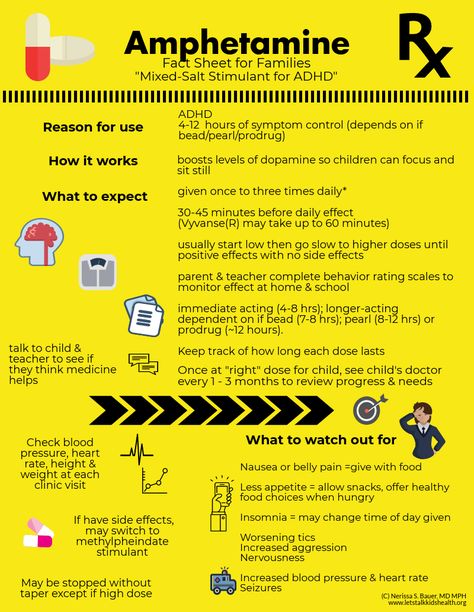 Forbes Life editor Sophia Brontwein explains why this project has become a cultural phenomenon and why the writers devoted so much screen time to the problem of drug addiction in the second season
Forbes Life editor Sophia Brontwein explains why this project has become a cultural phenomenon and why the writers devoted so much screen time to the problem of drug addiction in the second season
Alcohol and cigarettes are dangerous and harmful. Drugs make it impossible to build a career and a family, and in the end they are sure to kill. Gender certainly coincides with the biological sex - was born a man, must be him until the end of his life. You can only love the opposite sex. In everything you need to obey your parents, because the older generation is wiser. There is no need to dream big - where you were born, it came in handy there, even if you live in a tiny gloomy outback.
Many teenagers hear such ideas and thoughts from childhood - at home, at school, from doctors, distant relatives and on TV. They are used to the fact that no one believes in their problems, difficulties and fears. Adults always think they know how to live right, and evaluate any teenage experience from a bird's eye view. They have already forgotten what first love is, the problem of gender identity, the feeling of isolation from society due to other views, self-knowledge in sexual terms, complexes due to appearance. All these difficulties and complexities of growing up were once very familiar to both millennials and boomers. But after a while, they forgot that when you are a teenager, any problem seems like the end of the world. It turns into an absolute and becomes a reason for constant mental anguish, doubt and escapism. nine0003
Adults always think they know how to live right, and evaluate any teenage experience from a bird's eye view. They have already forgotten what first love is, the problem of gender identity, the feeling of isolation from society due to other views, self-knowledge in sexual terms, complexes due to appearance. All these difficulties and complexities of growing up were once very familiar to both millennials and boomers. But after a while, they forgot that when you are a teenager, any problem seems like the end of the world. It turns into an absolute and becomes a reason for constant mental anguish, doubt and escapism. nine0003
Most often, teenagers dream that their parents would love them unconditionally, regardless of any mistakes, and that there would be people nearby who are ready to care and listen, even if they say far-fetched nonsense. While teenagers are looking for themselves and their destiny, they are as lonely as possible, scared and lost, because it seems to them that they are superfluous in this celebration of life. This uncertainty leads to a fear of dreaming, planning, and acting because the equation that society demands to be successfully solved has too few precise inputs and too many unknown variables. nine0003
This uncertainty leads to a fear of dreaming, planning, and acting because the equation that society demands to be successfully solved has too few precise inputs and too many unknown variables. nine0003
The series "Euphoria" is about this. It shows how hard it is for teenagers to deal with their demons on the way to adulthood. This is not a melodramatic story about teenage love or school bullying. This is a very heavy and depressing narrative about how zoomers feel when no one cares about their problems. On the one hand, this is the freest generation, because they are the children of technology and globalization. On the other hand, it is most difficult for modern teenagers to find mutual understanding with a society that adapts to new realities much more slowly. nine0003
Related material
This is one of the few shows that is made specifically for Generation Z.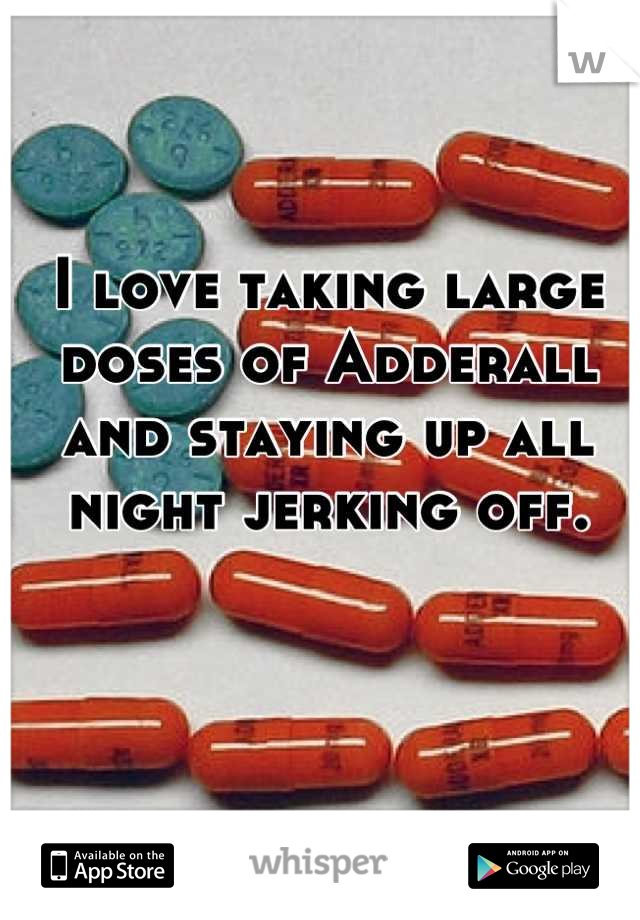 In July 2018, HBO invited Drake and his manager Future the Prince to become executive producers of the new Euphoria project, a remake of the Israeli series of the same name created by Ron Leshem and Daphne Levine in 2012 It was they who turned the series into a phenomenon of mass culture. For teenagers who don't always have the patience to follow through with storytelling, the visuals and soundtrack often become a staple of a movie or series. Drake and Future the Prince know this. Episodes of "Euphoria" filmed on film camera. The series is full of neon, bright colors, special effects, easter eggs (which only cost a half-naked look-alike of Khal Drogo from Game of Thrones) and great music. For example, the trailer for the third episode of the second season became the platform for the premiere of Lana Del Rey's track Watercolour Eyes. Also, it was "Euphoria" that made the music artists Rosalia and Labrinth world-famous artists. The show's costume designer Heidi Bivens, while designing the characters, was guided by how Gen Z dress in real life and took into account how important freedom of expression is to them.
In July 2018, HBO invited Drake and his manager Future the Prince to become executive producers of the new Euphoria project, a remake of the Israeli series of the same name created by Ron Leshem and Daphne Levine in 2012 It was they who turned the series into a phenomenon of mass culture. For teenagers who don't always have the patience to follow through with storytelling, the visuals and soundtrack often become a staple of a movie or series. Drake and Future the Prince know this. Episodes of "Euphoria" filmed on film camera. The series is full of neon, bright colors, special effects, easter eggs (which only cost a half-naked look-alike of Khal Drogo from Game of Thrones) and great music. For example, the trailer for the third episode of the second season became the platform for the premiere of Lana Del Rey's track Watercolour Eyes. Also, it was "Euphoria" that made the music artists Rosalia and Labrinth world-famous artists. The show's costume designer Heidi Bivens, while designing the characters, was guided by how Gen Z dress in real life and took into account how important freedom of expression is to them. Because Euphoria, despite all the hyperbole, wants to honestly represent teenage reality. nine0003 A still from the Euphoria TV series
Because Euphoria, despite all the hyperbole, wants to honestly represent teenage reality. nine0003 A still from the Euphoria TV series
Zendaya Coleman was immediately offered the lead role - a teenage girl named Rue Bennet, who became addicted to opiates after the death of her father. And she did an amazing job in both the first and second seasons. In 2020, she won an Emmy for Outstanding Lead Actress in a Drama Series for her role as Ru. Zendaya is by far the biggest teen idol of the moment. Here she is playing the very sweet and charming Mary Jane in Spider-Man (Marvel zoomers love as much as they suffer). But she reincarnates into a depressed drug addict who cannot survive the death of her father and believe that a feeling of love can overcome a feeling of loss. nine0003
Also starring in the series is a trans girl Hunter Schafer, whose character is in the process of a trans transition.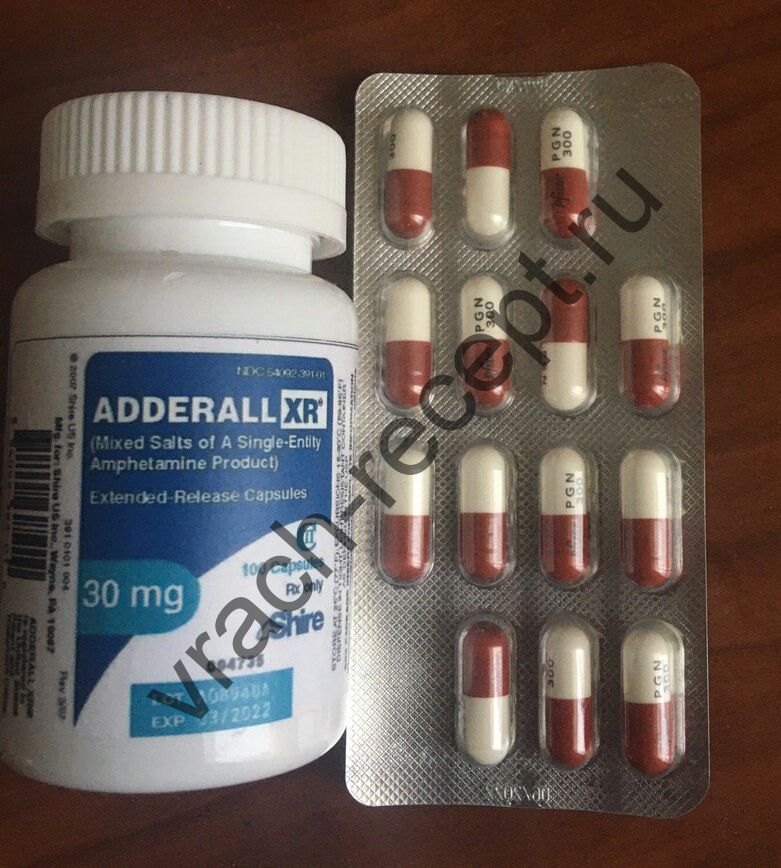 For today's teenagers, inclusiveness and honesty when it comes to tolerance and the diversity agenda are essential. And only Hunter could tell with such sincerity and believability how teenagers feel in the process of transition and why sometimes escapism is the only way to survive in a binary world. In developing the character of Jules, the creators of the show took into account Schafer's personal experience and listened to her in order to tell the story believably. nine0003
For today's teenagers, inclusiveness and honesty when it comes to tolerance and the diversity agenda are essential. And only Hunter could tell with such sincerity and believability how teenagers feel in the process of transition and why sometimes escapism is the only way to survive in a binary world. In developing the character of Jules, the creators of the show took into account Schafer's personal experience and listened to her in order to tell the story believably. nine0003
Cat, who suffers from beauty standards in both seasons, was played by body positivity activist Barbie Ferreira. On set, she didn't have to explain why it's important to stand up for your right to be yourself. Ferreira, perhaps better than the creators of the series, knows how hard it is to accept the idea that your body is your business and free yourself from the complexes imposed by society. And this is another coin in the treasury of Euphoria's sincerity.
While watching the first episodes of the second season of "Euphoria", there is a feeling that Levinson has gone crazy. Why does he show that you can use heroin and still go to school?
But, perhaps, the main problem that is raised in Euphoria is drug addiction. In the United States, more than 2 million adolescents aged 12 to 17 use illicit drugs every month. More than half a million teenagers in this age group regularly buy hard drugs. Between the ages of 18 and 25, nearly 12 million young Americans use drugs every month. At the same time, mortality from an overdose of opiates (the heroine of Zendaya is primarily on opioid drugs) in this category increased by 500% from 1999 years. Young people who did not even live to be 25 years old make up about 12% of the total number of drug overdose deaths.
Euphoria was written by Sam Levinson, who used personal memories of his own drug addiction as a teenager - Levinson was hospitalized several times due to drug overdoses.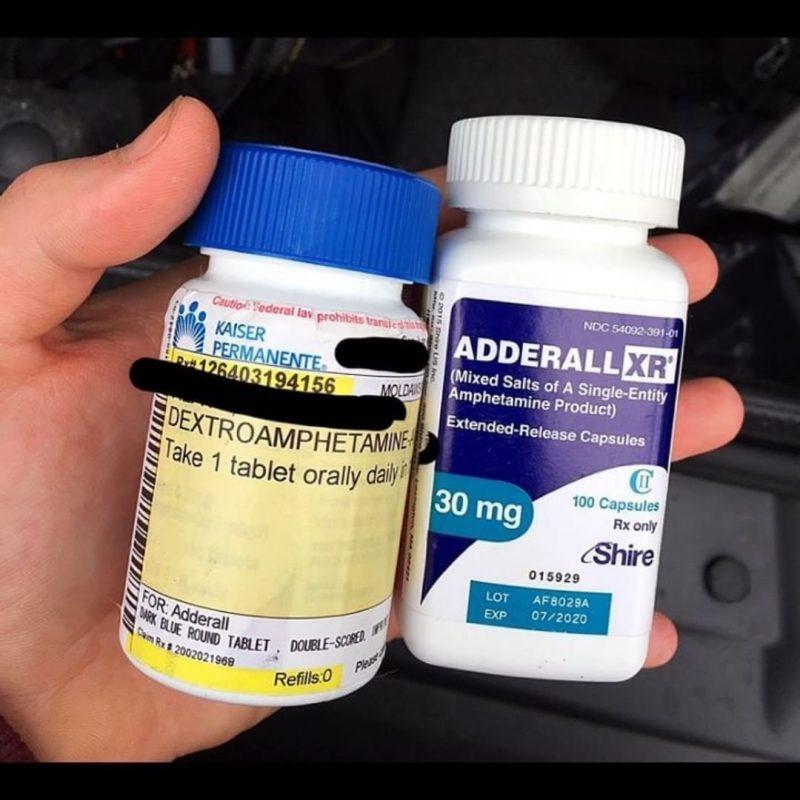 For most of his youth, he was either stoned or in a state of withdrawal and "waste". At the age of 19, Levinson underwent a course of treatment and rehabilitation to get rid of a severe addiction to opiates and methamphetamine. He really knows how teenage drug addicts can sit on different drugs for months, what they are capable of for the next dose, how they know how to pretend to be sober and why they will find a thousand and one reasons not to get off drugs. nine0003
For most of his youth, he was either stoned or in a state of withdrawal and "waste". At the age of 19, Levinson underwent a course of treatment and rehabilitation to get rid of a severe addiction to opiates and methamphetamine. He really knows how teenage drug addicts can sit on different drugs for months, what they are capable of for the next dose, how they know how to pretend to be sober and why they will find a thousand and one reasons not to get off drugs. nine0003
If in the first season the theme of addiction was still not in the forefront, because Ru had just left rehab and was trying to improve her life, if only for the sake of relations with Jules, then in the new episodes her uncontrollable craving for drugs is definitely the basis of the plot. The heroine of Zendaya has finally lost faith in herself, in humanity and in the future, so she sees no reason to refuse drugs. At the same time, she uses absolutely everything that comes to hand.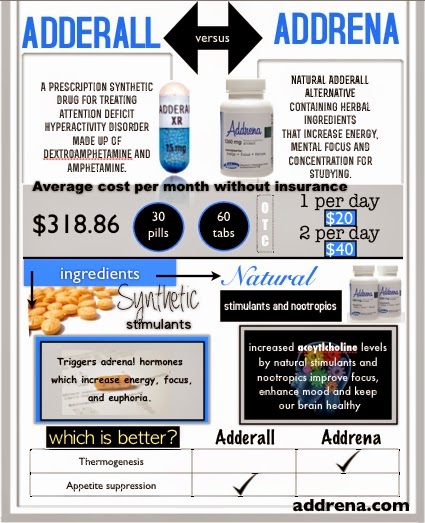 Uncontrollable and chaotic. While watching the first episodes of the second season of "Euphoria", there is a feeling that Levinson has gone crazy. Why does he show that you can use heroin and still go to school? Why does he give the false impression that you can recover from a heart attack due to the combination of heroin and cocaine by simply drinking an Adderall pill? Why does Levinson show how easy it is to deceive relatives and friends that you are sober and go to meetings of anonymous narcotics? nine0003
Uncontrollable and chaotic. While watching the first episodes of the second season of "Euphoria", there is a feeling that Levinson has gone crazy. Why does he show that you can use heroin and still go to school? Why does he give the false impression that you can recover from a heart attack due to the combination of heroin and cocaine by simply drinking an Adderall pill? Why does Levinson show how easy it is to deceive relatives and friends that you are sober and go to meetings of anonymous narcotics? nine0003
Related material
The screenwriter answers all these questions radically and ruthlessly in the last episodes of the series. Levinson brazenly and even disgustingly promotes drugs, demonstrating how easily and with impunity they can be used in order to knock the viewer down with disgusting and dire consequences in a few episodes, which in fact will certainly happen.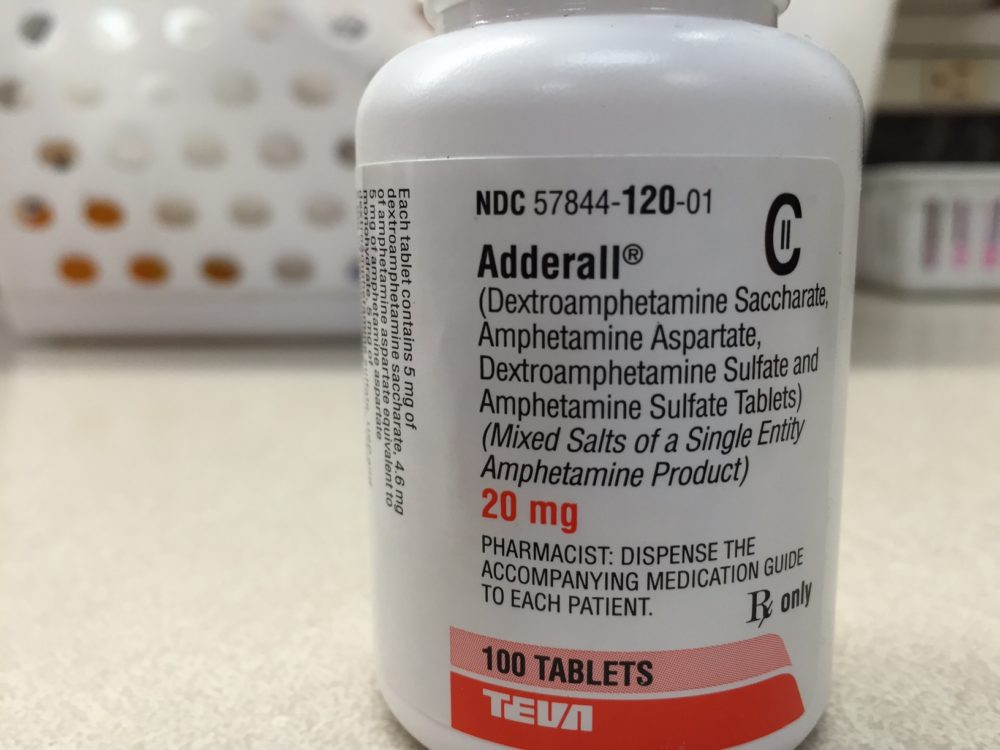 Ru's extreme dependence, her behavior and actions, her attitude towards her relatives and her emotional state cause an irresistible aversion to drugs. You understand that Levinson does not romanticize illegal drugs at all and does not give the impression that it is fashionable, cool and fun. He gives teenagers a choice, showing the two sides of the coin: here are crazy drug parties, and here is diarrhea, withdrawal, tantrums and problems with the law, because you are sitting on opiates and heroin, trying to heal emotional wounds and run away from yourself. The screenwriter clearly explains that for teenagers, drugs very quickly cease to be one of the drivers of fun. They become the main way to escape from an unbearable reality. And it is in this situation that a powerful attachment to drugs as a source of relaxation begins. Not all characters on the show are as addicted to drugs as Ru. But at the same time, each of the characters runs the risk of being on the verge. nine0003
Ru's extreme dependence, her behavior and actions, her attitude towards her relatives and her emotional state cause an irresistible aversion to drugs. You understand that Levinson does not romanticize illegal drugs at all and does not give the impression that it is fashionable, cool and fun. He gives teenagers a choice, showing the two sides of the coin: here are crazy drug parties, and here is diarrhea, withdrawal, tantrums and problems with the law, because you are sitting on opiates and heroin, trying to heal emotional wounds and run away from yourself. The screenwriter clearly explains that for teenagers, drugs very quickly cease to be one of the drivers of fun. They become the main way to escape from an unbearable reality. And it is in this situation that a powerful attachment to drugs as a source of relaxation begins. Not all characters on the show are as addicted to drugs as Ru. But at the same time, each of the characters runs the risk of being on the verge. nine0003
Levinson makes it clear that an addiction like Ru's can be dealt with, but it's extremely difficult.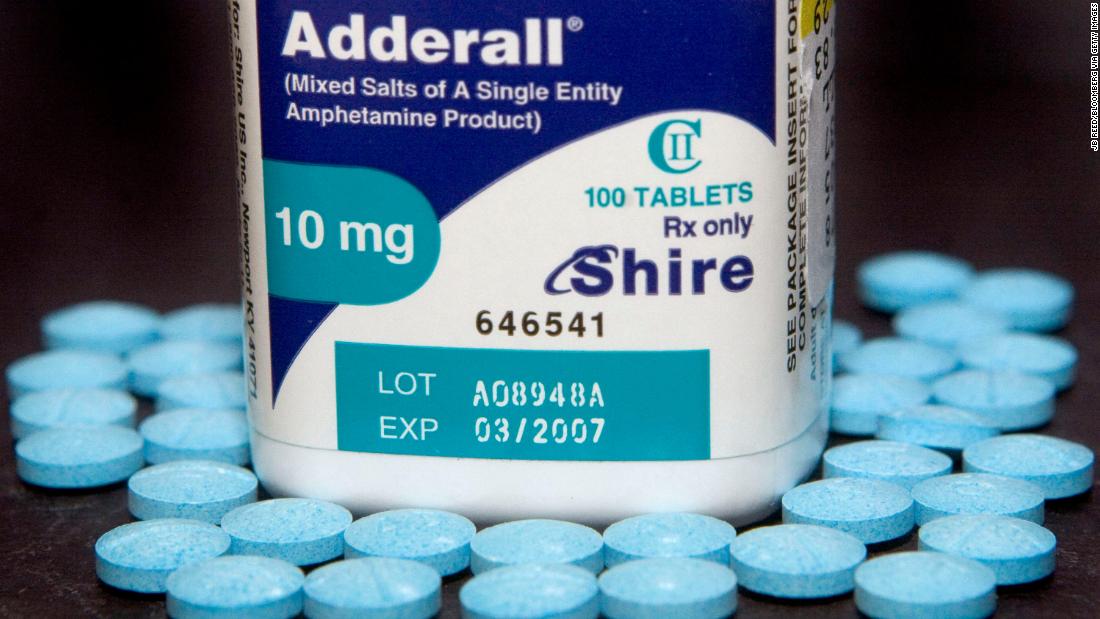 Firstly, the psyche can hardly withstand such emotional swings. Secondly, close people do not always understand what happens to a person who is addicted to drugs, and notice how his life is going downhill. For example, Rue's mother only realized that her daughter was on opiates after she overdosed. She was so caught up in her own suffering over her husband's death that she didn't notice how her 14-year-old child used drugs every day. nine0003
Firstly, the psyche can hardly withstand such emotional swings. Secondly, close people do not always understand what happens to a person who is addicted to drugs, and notice how his life is going downhill. For example, Rue's mother only realized that her daughter was on opiates after she overdosed. She was so caught up in her own suffering over her husband's death that she didn't notice how her 14-year-old child used drugs every day. nine0003
Third, the medical and government systems don't care about drug addicts. They do not feel empathy and sympathy for such patients, they are in no hurry to give them a bed in a hospital or rehabilitation center, because at the moment, in almost all countries of the world, addiction is a taboo and a crime, not a disease. Therefore, Levinson warns that anyone who decides to use drugs should be aware that sooner or later they will have to be alone with their distraught self and choose whether to live on or give up the future for the next dose.